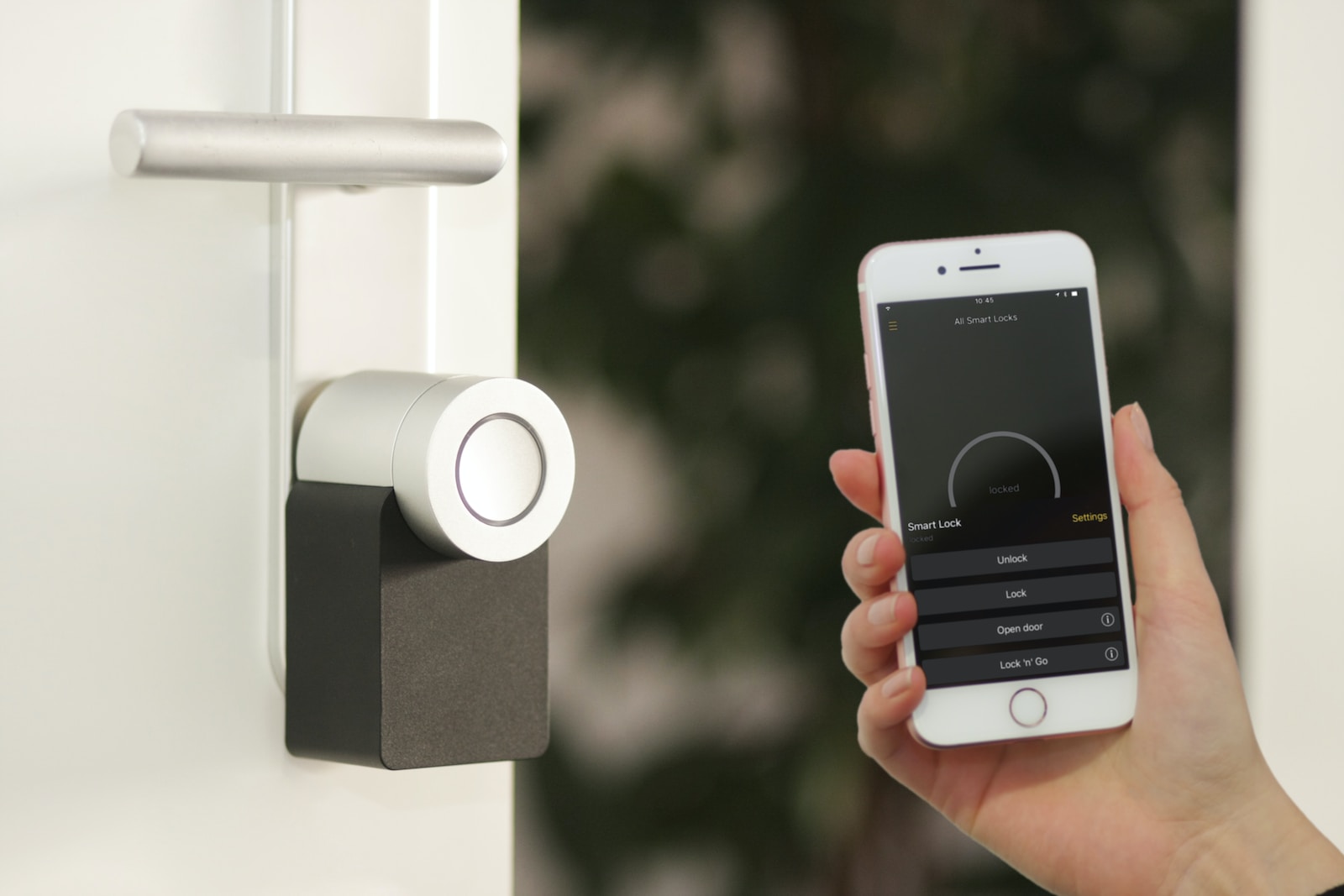Make Your House a Smart Home!

August 23, 2023
Our time is characterized by rapid innovation and digital transformation. The remarkable strides made by technology have revolutionized the way we navigate our daily routines.
Technology has seamlessly integrated into our lives, serving as a catalyst for enhanced productivity, improved communication, and simplified experiences. We are witnessing a transformation that transcends traditional boundaries and paves the way for a more streamlined and interconnected world.
As a matter of fact, what we thought in the past to be complete sci-fi, is nowadays reality. A house turning up the lights just by voice command or a smartwatch to video call somebody is today possible thanks to the automation technology.
How a Smart Home Work
The concept of a smart home has emerged as a revolutionary way to elevate our living spaces into highly connected and efficient environments. This type of technological home is thought to anticipate your needs, adapt to your preferences and integrate the digital world into your everyday life.
Just think about how making your house smart could possibly make your life better:
- Automation: of everyday tasks could make you save time, mental energy and make you feel way more comfortable. As for instance, think about having your thermostat regulate automatically due to the evaluation of the outside temperature. How comfortable could it be to get in an already bonfire-warm house when outside is freezing?
- Energy and Money Saving: have you ever thought about how much waste do we produce as a consequence of negligence? Indeed, to help you out in this, you can now count on smart lighting! It enables to program the tuning off of your lights when not in use.
- Security: the possibility to monitor and manage your house wherever you are, can surely improve your house’s safety. With smart security cameras, motion sensors, and doorbell cameras, you can monitor your home and receive instant alerts on your smartphone in case of any unusual activity.
On the Other Hand…
It is necessary to keep in mind, however, that having a smart house is not all sunshine and roses. As with everything involving technology, the downside is always present and it deserves to be analyzed.
- Privacy: the online connection with several systems in order to manage your house also means exchanging private information. Smart devices collect data about your habits, preferences and activities. This does not necessarily affect the safety conditions, it though makes your life even more appetible to the electronics market which will now know much more about you and your needs.
- Cybersecurity Risks: the interconnected nature of smart homes opens the door to cybersecurity vulnerabilities. If not properly secured, these devices can be vulnerable to hacking, putting your personal data and even your physical security at risk.
- Technical Issues: connecting and synchronizing various devices and ensuring compatibility can be challenging. Just think about how many difficulties could bring a software update or operational problems.
- Costs: Making a house smart can be very expensive. Purchasing smart devices, sensors, and controllers can add up quickly. Additionally, ongoing expenses may include subscription fees for certain services and potential repair or replacement costs.
Broadly speaking, creating a smart house clearly has its pros and cons. On the other hand, you can always start small, experience it this lifestyle is compatible with you and then evaluate whether to improve your smart home or not!
How to Make Your House Smart
Once the risks and comforts triggered by having a smart home have been assessed, it is now time to figure out how to structure one:
What You Need
Clearly, the minimum requirement is to have at your disposal a Wi-Fi connection to the internet. Actually, choosing devices that connect to a smart hub can make you save both money and bandwidth.
What’s more, you will need to have the confidence to communicate and manage this new system. In fact, we recommend that if you are not an expert or enthusiast, you inform yourself, take tutorials, or get help from friends who already own smart houses.
The final step is to (oraganize and then) purchase the smart devices which will make your home automation.
What Makes Your House Smart?
At the very beginning, you could think about making your lighting system smart:
- Lighting: numerous smart lighting setups operate efficiently even without a central hub, retaining the ability to engage with various other components of a smart home. This includes seamless interaction with smart speakers and displays like the Amazon Echo and Google Nest. Brands such as Cree, LIFX, and TP-Link offer smart bulbs that establish communication over Wi-Fi, whereas certain models like the latest Philips Hue bulbs utilize the Bluetooth radio present in your smartphone for communication. Some other smart bulbs rely on Zigbee or Z-Wave radios and therefore depend on a bridge to connect to your home network;
- Speakers and Displays: Imagine simply uttering “dim the lights” and letting a smart speaker connected to your intelligent lighting handle the task. Dominating this realm are the Amazon Echo series and the Google Home series, reigning as market frontrunners. While Amazon has maintained its supremacy over recent years, owing to its extensive user base, widespread compatibility, and early introduction of smart speakers with displays, Google is rapidly gaining ground with a strong surge forward;
- Thermostats: as we anticipated earlier, the use of smart thermostats is a very important activity for your home. In fact, it allows you to be able to save a lot of energy and costs on consumption. Above all, it allows you to be able to live much more comfortably and pleasantly in seasons with exaggeratedly high or low temperatures. The Ecobee SmartThermostat with voice control has a built-in Amazon Echo speaker and can respond to voice commands;
- Security Cameras and Video Doorbells: investing in a high-quality home security camera empowers you to monitor your place, especially during your absence. Interior variants offer the convenience of monitoring your kids and pets, whereas outdoor models are poised to capture and deter potential intruders, ideally dissuading their presence altogether. Some models—from Ring, Arlo, Netatmo, and Maximus—incorporate lights that can illuminate your way.
Additional Helpful Tools
- Irrigators: water is one of our most invaluable resources. A clever irrigation system can play a pivotal role in ensuring your lawn and garden receive the optimal moisture needed for their health and vibrancy, all while avoiding wasteful usage. Given the potential intricacies of smart irrigation, utilizing a dedicated application often proves more effective. While Rachio remains a standout choice in this field, Wyze Labs has recently entered with a competitively priced alternative.
- Smoke and Carbon Monoxide Detectors: A smart smoke detector emits a local alarm. In addition, it also dispatches alerts to your smartphone and to authorized contacts if it detects any potential danger. Certain intelligent smoke alarms, like the Nest Protect, go beyond with built-in emergency lights to guide you through a smoke-filled environment. On the other hand, such as the First Alert Onelink Safe & Sound, offer advanced functionalities like an integrated smart speaker.
Conclusions
Developing a smart home can be a game changer for your life in terms of convenience, ecology, and safety. However, it is necessary to take into consideration elements such as the cost of devices, knowledge in using them, and above all, to know what risks are involved in relying (almost) completely on a digital system.








